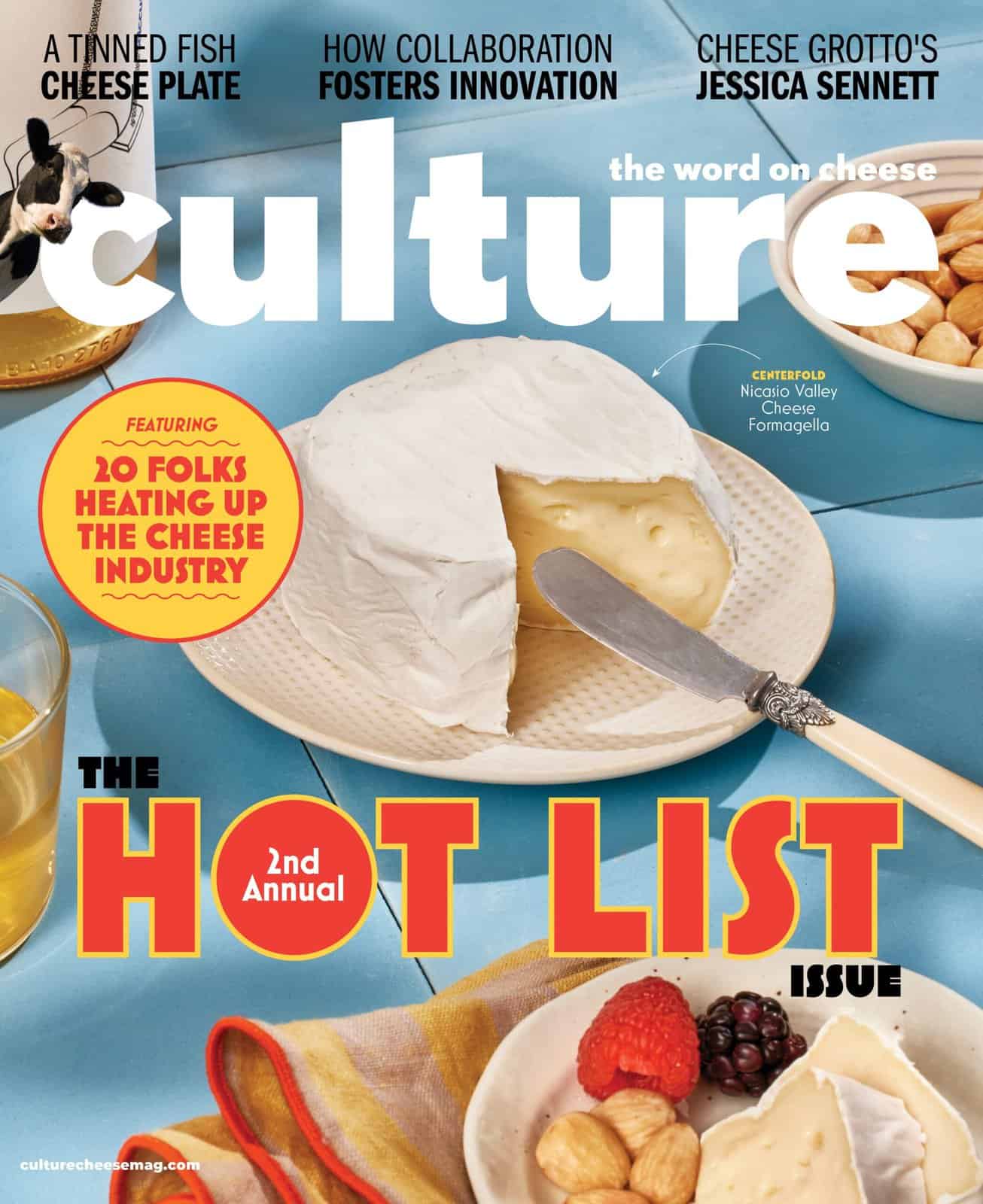
If you love cheese, you know the Alps—the 750-mile-long stretch of peaks crosses dairy lodestars like France, Italy, and Switzerland, and it pretty much goes without saying that your local cheese shop carries Alpine greats Comté, fontina, and Gruyère. But until recently, turophiles have been sleeping on the range’s vast eastern half—namely, Austria.
Known more for castles and waltzes than melty fondue, Austria has a surprisingly long history of making cheese. Nomadic people there started crafting acidified Tyrolean grey cheese (now PDO- protected) during the Stone Age; the Romans introduced rennet in the ninth century, creating the blueprint for modern Alpine cheese. Throughout the centuries- long Habsburg dynasty and two world wars that followed, Austrians expanded on these roots, developing traditions and cheeses that are still around today. In the mountains that blanket 75 percent of the country, farmers bring cows to high pastures to graze abundant flora in the summer, then parade them home to the valleys in the fall. Cheesemakers have also crafted soft and medium-firm wheels for centuries, which range from stinky and mushroomy to blue-veined and nutty.
What unites them all? “[Austrian] cheese is very creamy,” says dairy farmer and cheesemaker Martin Feurstein, who runs a summer farm in Alpe Felle and a home farm in Lingenau. He attributes this texture to the animals’ silage-free diet and traditional cheesemaking methods. “Alpine cheese is only produced in the summer from May to September, above 1,000 meters in altitude so the various alpine herbs come out. It’s also produced in a cauldron over a wood fire.”
Despite all this, most Austrian wheels never leave Austria. They didn’t export to Europe until joining the EU in 1995 and have only begun sending cheese to the US in recent years.
“Distribution, with the various certificates and customs, is certainly a challenge for the small businesses,” says Feurstein, pointing to the diminutive size of Austrian dairies. He’s hopeful tourism will begin to increase Austria’s reputation on the cheese world stage. “Transparency is becoming more and more important to customers,” he says, “and this can be illustrated very easily here.”
Nowhere is this more apparent than in the Bregenzerwald region of Austria’s state Vorarlberg. Here, 20 year-round dairies balloon to 130 in the summer to make 60 types of cheese, earning it the title of KäseStrasse (Cheese Road).
“The cheeses from Bregenzerwald provide [Americans] an opportunity to discover traditional cheeses that haven’t seen much daylight outside their home region,” says Jonathan Richardson, national sales manager for US importer Columbia Cheese. Columbia works with Austrian makers to bring these undiscovered gems to American shops and cases.
So how should you enjoy these rarefied wheels if you encounter them? Bavarian dishes like kugel or spätzle showcase their melting capabilities, as does a simple fondue pot. But to really savor Austria’s unique terroir, we recommend making your own Austrian käseplatte (cheese plate), then washing it all down with a crisp Austrian white wine or malty Märzenbier.




